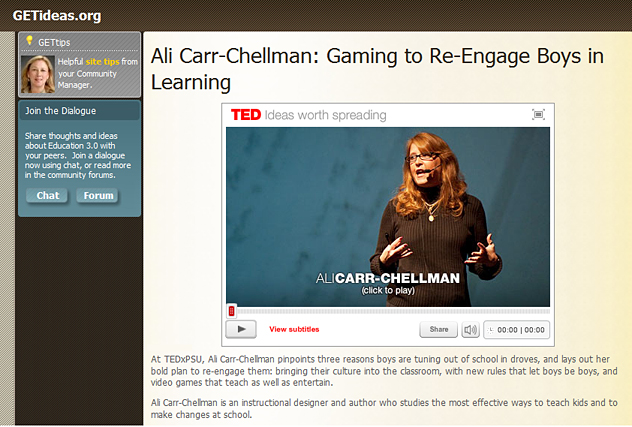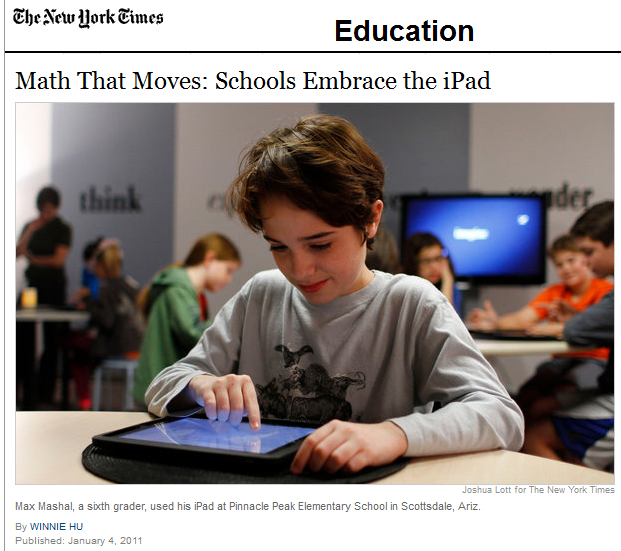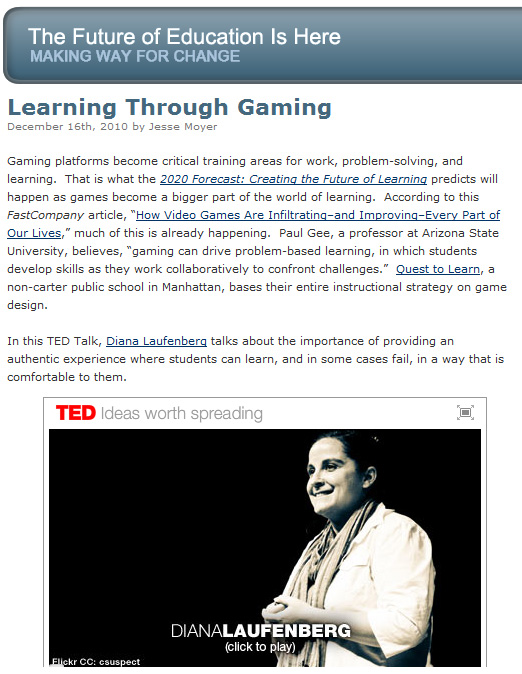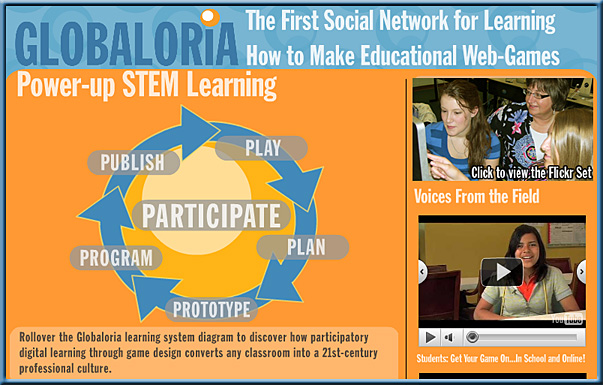Eight Great Explosions in Video — from futurist Thomas Frey
Excerpt:
Video is set to go through an explosive growth phase. The coming years of video development will be defined by what I call the eight great explosions.
1. Explosion of Television Apps
2. Explosion of Video Capture Devices
3. Explosion of Video Display Surfaces
4. Explosion of Video Projection Systems
5. Explosion of Video Content
6. Explosion of Holography
7. Explosion of Video Gaming
8. Explosion of Video Bandwidth and Storage
Final Thoughts
Not everything in the video world will be positive. Today the average child who turns 18 has witnessed over 200,000 violent acts on television. Every year the average child is bombarded with over 20,000 thirty second commercials. And the 1,680 minutes each day that the average child spends in front of their TV is making them increasingly fat, lazy, and prone to disease.
On one hand, television is the great educator, the center of modern culture, and a pipeline into everything happening around us. But at the same time, it is sucking up our time, infringing on our relationships, and keeping us from doing meaningful work.
Television is at once both a massive problem and a massive solution. However, as a medium, television has the capability of solving the problems it creates.
eLearning predictions for 2011 and beyond — from Web Courseworks.com by Jon Aleckson
Excerpts:
This summer I attended the 2010 Distance Teaching and Learning Conference in Madison, Wisconsin. Some very interesting topics came up in the facilitated Think Tanks, and I wanted to share some of the predictions that were developed from these active group discussions regarding where eLearning will go in the next ten years.
…
Below you will find a table that summarizes the different opportunities and challenges that were predicted to arise in the next ten years by the participants in the conference Think Tanks and by [Jon Aleckson].
| Opportunities | Challenges | |
| Learner |
|
|
| K-12 Instruction |
|
|
| Corporate Training |
|
|
| Content |
|
|
| Learning Environment |
|
|
| Faculty |
|
|
| Administration & Management |
|
|
| International Perspectives |
|
|
Merging interaction and narrative — from webcredible.co.uk by Philip Webb
Excerpt:
There has traditionally been a tension between the idea of interaction (doing something) and narrative (watching or reading something). The experience of consuming a great film or book isn’t necessarily a passive one but it does differ from the immersive experience of playing a game. And yet the possibilities to combine the two seem so promising.
The trouble is games often struggle to convey narrative – the story can seem bolted on as an afterthought or delivered at clumsy moments between levels. Similarly, attempts at interactive books where readers spontaneously choose the way plots evolve can be unsatisfying because constructing a linear story is an art that novelists spend a lifetime perfecting. Of course, there are notable exceptions such as multi-user games like World of Warcraft where the narrative is something players experience and influence through their participation. Here game designers act more as architects than authors – providing an open environment where the interactions form an unpredictable narrative drama.
Great middle school simulation: Civics — from Kristen Swanson
“…Argument Wars, a simulation from iCivics, and I think it is perfect for middle school students. Students can argue their case, learn about their rights as students, and earn points for valid arguments. I think it would be a fantastic complement to any middle school social studies class! Enjoy!”
How games engage the brain — from NspireD2 by Chris Clark

In a TED video released today, Tom Chatfield presents seven ways in which games engage the brain. Chatfield is a game theorist and author of the new book, Fun, Inc., about the gaming industry and how it is altering our society.
Chatfield’s seven talking points are
- Experience bars measuring progress
- Multiple long and short-term aims
- Rewards for effort
- Rapid, frequent, clear feedback
- An element of uncertainty
- Windows of enhanced engagement
- Other people
Of course, that list doesn’t mean much unless you watch the video.















